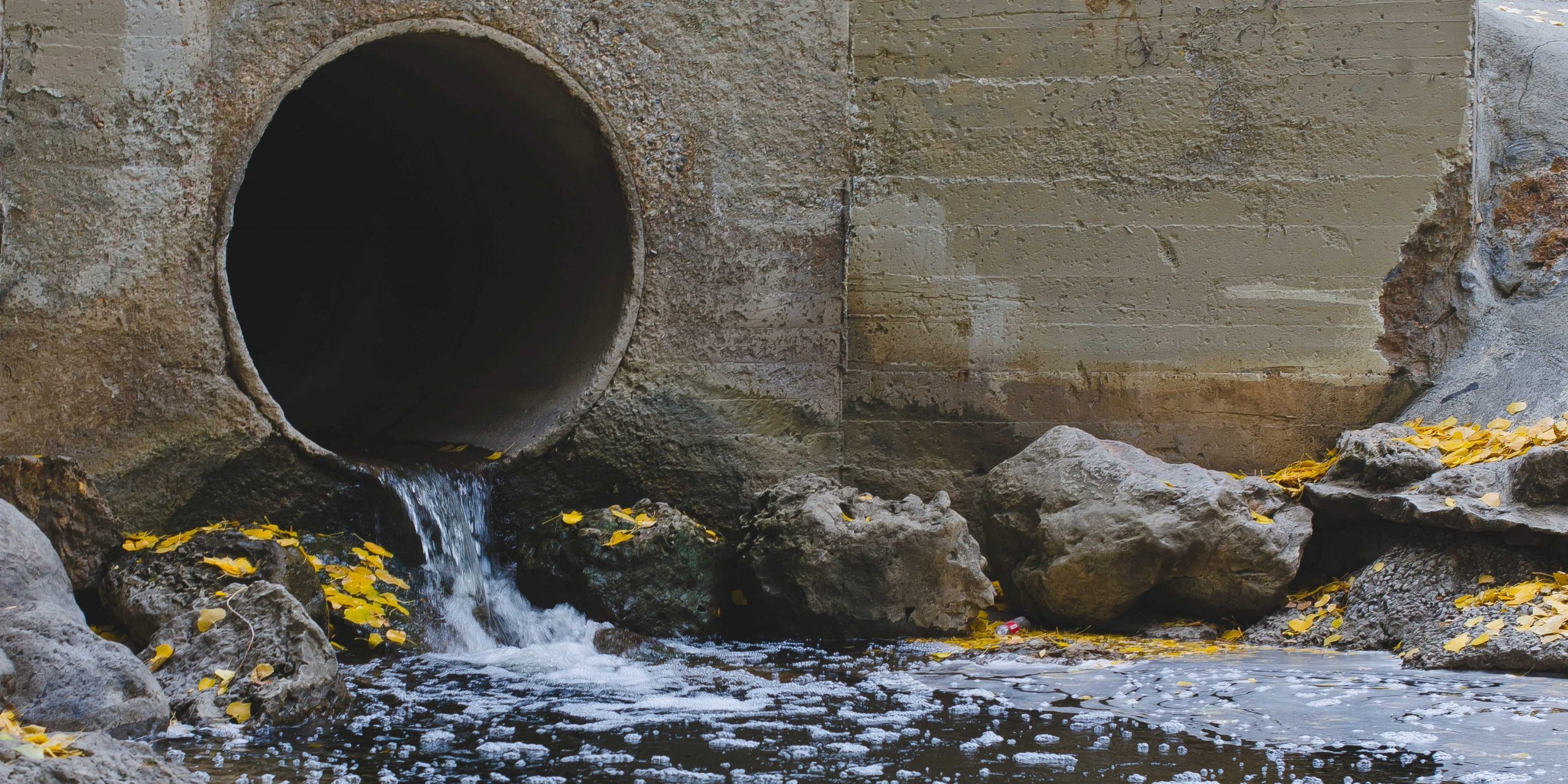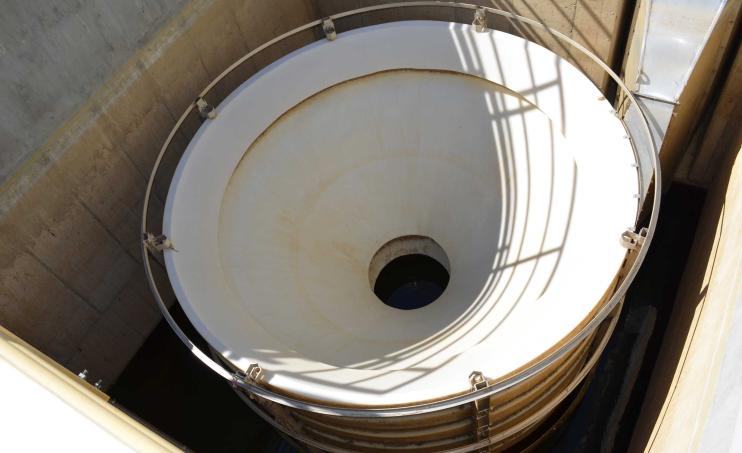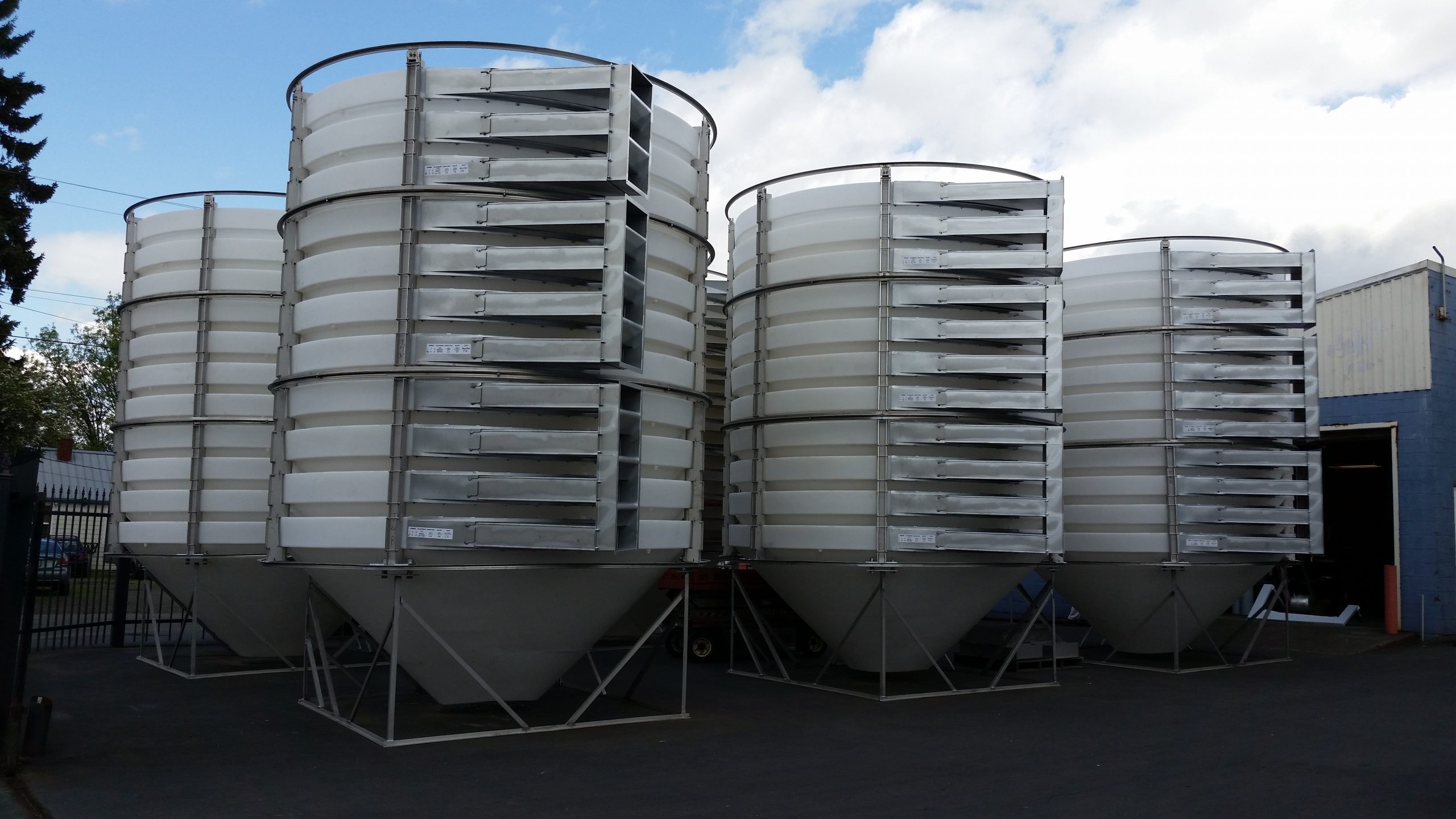October 29, 2025
CSOs: New Technologies and new Approaches

New solutions to the problem of combined sewer overflows
Combined sewer overflows (CSOs) present environmental and health hazards to around 700 communities in the US. New technologies are providing new ways to approach and reduce those risks.
CSO events
A combined sewer—as its name suggests—carries both wastewater and stormwater in a single pipe. In order to prevent downstream treatment plants from becoming overwhelmed, combined sewers are designed to allow overflow during intense storm events or sustained periods of elevated rainfall. Under these conditions, these CSO events act as a kind of “safety valve” within the system, relieving pressure by discharging a proportion of untreated or partially treated sewage directly into a waterway.
While this helps to keep wastewater treatment plants operating safely and effectively, these spills nonetheless present an environmental and health risk to the bodies of water into which the spills are discharged, and to the communities within which they are located.
While most communities in the US have separate sanitary and stormwater sewer systems to prevent the influence of stormwater in the wastewater sewers, today around 700 municipalities, primarily around the Great Lakes and in the north east, operate with combined sewer systems. This is primarily due to the age and density of the utility infrastructure within them: it is either physically or financially unfeasible to separate the existing combined sewer systems.
While progress on spills is being made—EPA estimates indicate that in 2004 a total CSO volume of 850 billion gallons was discharged, and that by 2020 that had halved—these outflows continue to discharge billions of gallons of untreated waste every year.
Causes of CSOs
The underlying cause of all CSOs is a volume of wastewater and stormwater within a system that exceeds the capacity of that system.
There are broadly three factors that result in this situation: weather, blockages, and failures.
Weather
The most visible cause of CSO events is heightened flow into the system as a result of storm events, prolonged periods of precipitation and even snowmelt. This elevated flow may exceed the capacity of the combined sewer.
As our climate changes and we see more frequent storms and longer and more intense periods of precipitation, these kinds of pressures on our combined sewers will only increase.
Blockages and impediments
Impediments and blockages within the pipe network can cause flow to back up, increasing pressure on upstream sections of the network that can result in an overflow event.
These blockages and impediments may be caused by buildup of trash and debris carried in stormwater, or by accumulations of fats, oils and grease (FOG) and other inappropriate materials flushed into the sewer system.
The big problem with blockages and impediments is that, without regular inspections, they remain undetected until they cause flow to back up.
Failures
Failures comprise any damage to assets within the system that cause flow to exceed capacity within a particular section of the network.
For example, breakages to sewer pipes may allow groundwater or other sources of additional water into the network, or they might provide entry points for tree roots that can cause debris entanglements that give rise to blockages or impediments.
These are similarly difficult to detect until they cause flow to become acute.
CSO prevention and mitigation
CSOs are subject to the National Pollutant Discharge Elimination System (NPDES) permitting program, and through this program the EPA established a national CSO Control Policy. Communities that have CSOs are required to comply with the CSO Control Policy and obtain a permit to discharge.
In summary, the policy requires communities to implement a range of measures to reduce the risk and mitigate the severity of overflow events, and to conduct regular monitoring in order to ensure compliance with both the policy and the water quality standards set out by the Clean Water Act.
Broadly speaking, there are three ways to address CSO events: prevent flow from exceeding capacity, reduce flow if it approaches capacity, and treat overflows if capacity is exceeded. Fortunately, new and proven technological solutions exist to improve the way we approach all three of these techniques.
Preventing combined sewer flow
One way to reduce overall flow is to think of the drainage network holistically, as a complex but interconnected system with an overall total capacity that can be used to manage the volume of stormwater within the drainage network as a whole.
Passive flow control systems, such as Hydro-Brake® valves, use hydrodynamic vortex technology to slow down the flow of water through a system, holding it back in a designated storage area and releasing it at a controlled rate to ease downstream pressure on the network. A series of these systems, placed at strategic points in the network, can be used to manage predicted flows based on expected precipitation levels.
While passive flow control, detention and retention are not new concepts in stormwater management, what is new is the idea of connecting areas of stormwater storage and using automated valves to adaptively manage the total storage within the system as though it were a single entity. This approach switches from passive to active flow control, and has the advantage of reacting in real time to manage peak flow events.
The StormCapture® CMAC module is one such example of this active flow control philosophy. The CMAC (continuous monitoring and adaptive control) module uses sensors to monitor water levels within the StormCapture® system, and it automatically opens and closes an actuated valve in response to real-world conditions. In this way it can either hold water back to allow downstream sections of the network to drain out, or it can allow stormwater to pass through the system to prevent buildups upstream.
A connected network of automated systems like this, reacting in concert to real-world conditions, enables asset managers and utility owners to proactively make use of the total storage available throughout the system, thereby preventing the localized build-ups of pressure that can result in CSO events.
Reducing combined sewer flow
As has been discussed, some CSO events are the result of blockages, or inflow and infiltration resulting from damage to the network.
In cases such as these where there is a failure in the network, managing the storage of the system will likely not prevent an overflow. Instead, operations teams need to be able to detect, locate and address the issue at hand—quickly and efficiently.
New technologies are enabling this kind of proactive response. Smart sewer monitoring technologies provide one such example of how utilities are able to make the invisible visible and take action quickly to clear blockages, identify and address sources of inflow and infiltration and carry out emergency repairs.
Using acoustic sensors, smart sewer monitors monitor water levels in real time, providing emergency alerts when levels in the sewer reach a certain point—indicating a blockage or impediment downstream or a source of increased flow upstream.
By alerting teams early to the presence of these issues and directing them toward their locations, these smart systems enable operations teams to clear blockages and reduce pressure in the system, or prioritize emergency repair work to remediate the failure in the network—reducing both the immediate and longer-term risks of a CSO event.
Treating CSOs
Due to the unpredictable nature of weather events and damaging environmental factors on the system it is almost impossible to eliminate the risk of CSOs completely, so it is advisable to implement a point treatment system at the outfall to provide one last line of defense against a CSO.
The Storm King® is one such defense. Situated just upstream of the outfall, it uses hydrodynamic separation to capture trash and sediment during CSO events, preventing pollutants from making their way into the environment. By incorporating chemical dosing for disinfection, it can also drastically reduce the harmful microbial load that is carried in many CSO events.
As we are unable to reduce the risk of CSO events to zero, it is imperative that we take appropriate steps to mitigate the impact of that risk when it does occur.
The CSO solution: a holistic approach, empowered by technology
A CSO event is a single point of failure within a wider system, and when tackling CSOs we cannot restrict our thinking to that single point: the whole system contributes to the problem, so the solution should incorporate the whole system.
Fortunately, new technologies are opening up new methods of prevention, response and mitigation, and while they have value in isolation their effectiveness multiplies when they are used holistically across an entire system.
Communities with CSOs face ongoing environmental and health hazards as a result of these points of failure. They deserve more ambitious, more modern and more effective solutions to address both the risk and the impact of these events.
Learn more
Discover: StormCapture® with CMAC
Discover: Storm King®
Discover: Hydro-Brake® Optimum



